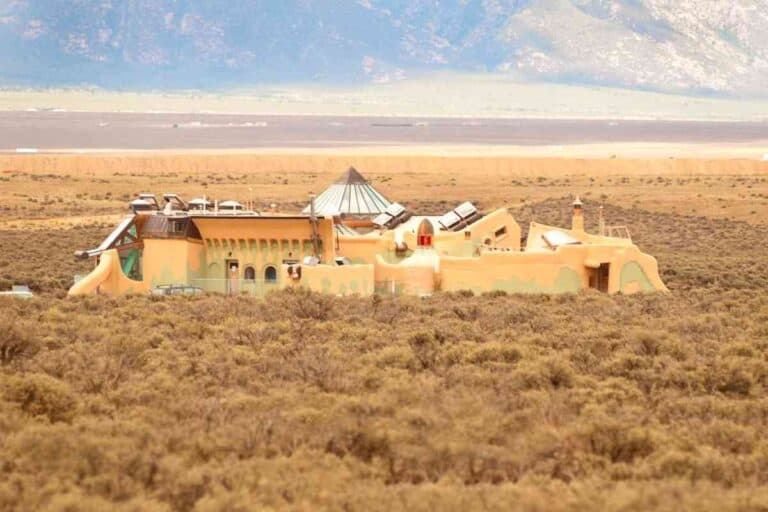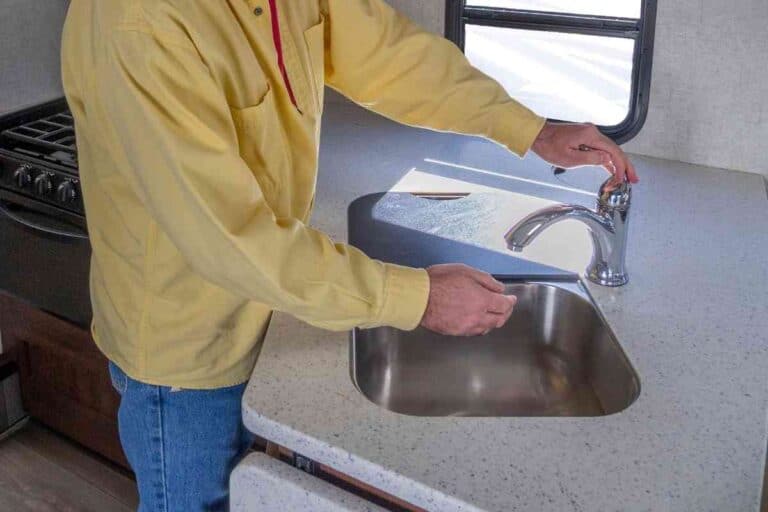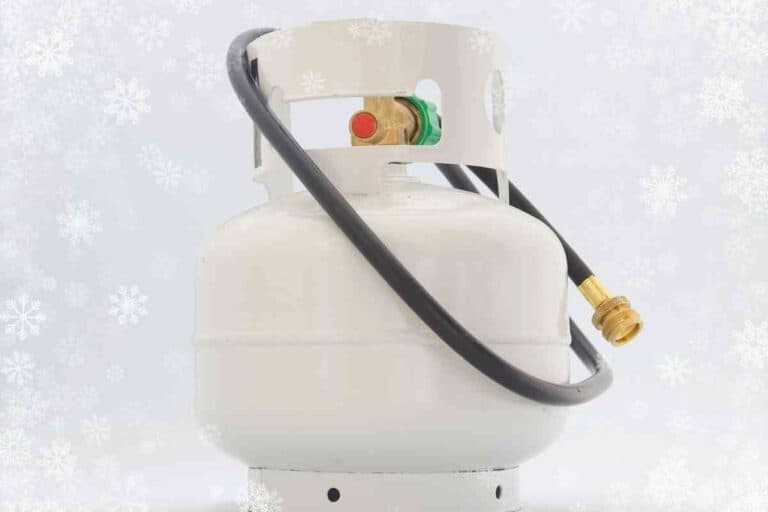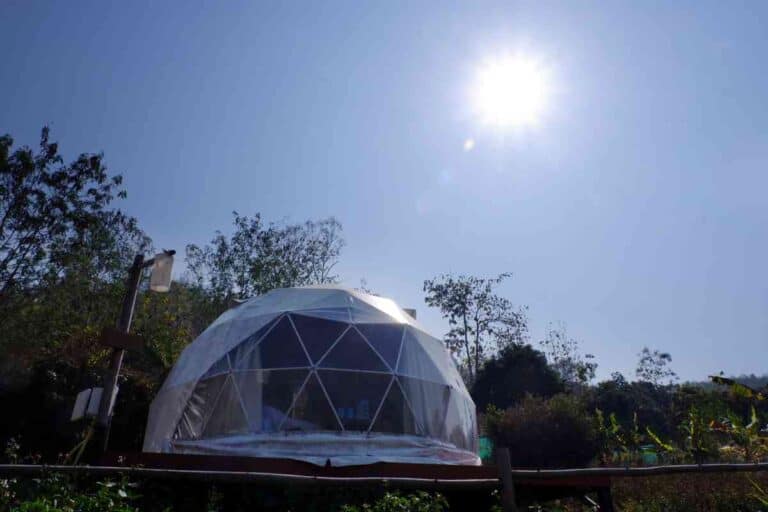Does Vapor Lock Happen To Propane Tanks?
Propane tanks can have problems that cause gas to flow improperly. Can a propane tank have issues with vapor lock?
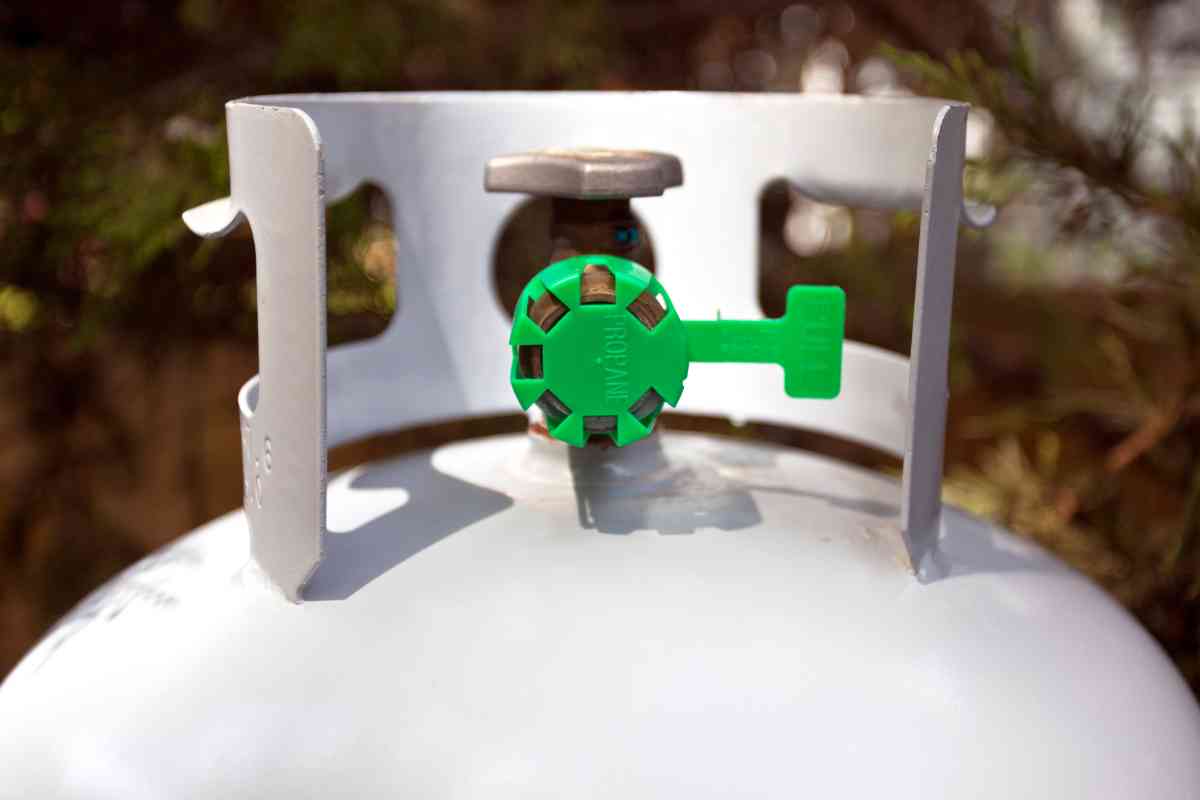
Can a propane tank vapor lock?
Technically, a propane tank cannot get vapor lock in the literal sense of liquid fuel getting hot enough to vaporizes in a fuel link before reaching a carburetor or fuel injector. A propane tank have a variety of other problems, including stuck valves and slow flowing propane because of cold.
We’ll explain what really happens with propane issues and how vapor lock is somewhere between impossible and unlikely in propane.
Does vapor lock occur in propane tanks?
Vapor lock is more commonly a term in automotive that means engine heat is causing fuel to vaporize before it reaches a carburetor or fuel injector, meaning that the engine doesn’t get to start because it doesn’t actually receive fuel.
Others also use it to describe a problem with the fuel tank pressure system – and is the result of a relief valve not working within the fuel tank, result in too high of pressure or too low so fuel can’t move well.
My propane isn’t flowing right, what should I do?
This might be a better question to ask then how to fix vapor lock. Propane tanks and their hoses are pretty simply systems: A propane tank is opened and the gas flows through a regulator that attempts to keep the flow consistent – and not too high, through a hose to the burner within the heater or grill. Thankfully not a lot can go wrong here.
Not heating up high enough
The grill was likely “on” before you started the process of opening your tank, which isn’t a great idea and can reduce the flow by sending it back to the regulator.
The first step is to turn your propane tank and grill of completely by turning all dials to zero or off.
Next, once the gas is all off, is to disconnect the propane hose from the propane tank, which temporarily removes and resets the regulator. After removing the hose and regulator, you can promptly reattach it.
This time, turn the gas on first, hear this, then turn your grill on and ignite. The grill should now be capable of getting to the right heat.
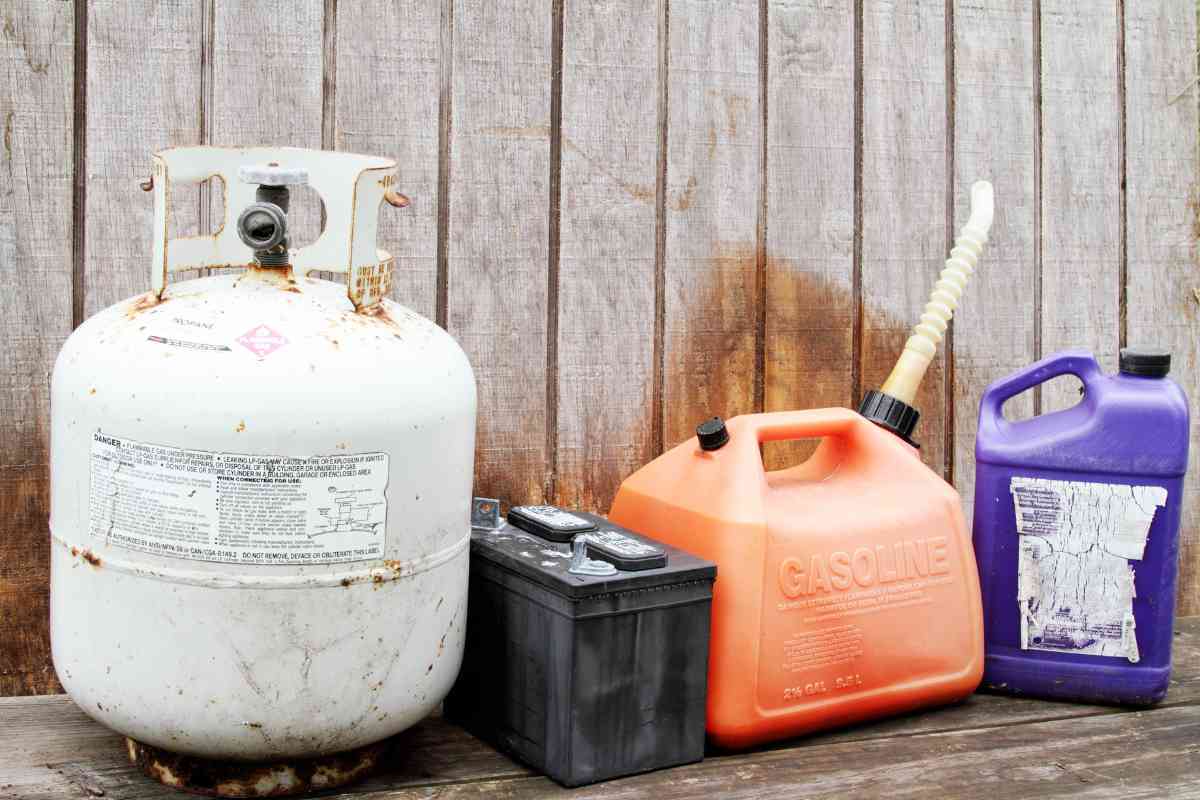
Propane isn’t flowing – or no heat at all
Any variety of things could be happening here. Start by simply turning your tank on its side to try and open the valve – noting that you should NOT store your tank on its side or leave it like this. Hook it up and try it again.
Another possibility is that there is too much or too little pressure. Here is a little piece of knowledge: There is a “bleeder valve” on your propane tank that can relieve excess pressure. You can access the bleeder valve within the handle of the tank, using a screwdriver.
You won’t need to turn the bleeder valve much – maybe ⅙ of a turn, to release a little propane that you’ll definitely be able to smell.
This small release might be enough to allow gas to flow properly again. Reopen the propane tank valve slowly to listen for the flow of gas. Try to hook your tank back up and ignite again.
Preventing Lockout and problems with your propane tank
Some of the above problems can occur, like propane not flowing, because of “lock out.” This is somewhat similar to the actual idea of vapor lock but it is more intentional and happens for specific reasons.
Your propane tank can get too hot as a result of sitting in the sun or an unventilated area for too long.
The external shield on the tank can only so do much to stop the buildup of heat before the pressure inside becomes too much.
Just in the last twenty years, federal regulations have required that propane tank makers build in a safety device that prevents gas from shooting out excessively when the propane tank pressure is too high – in part because some propane tank users might not know they are dealing with pressure problems in a tank.
The very same happens in the above described scenarios when you turn your grill on before you turn the propane on.
The good news is that the solution is the same: Disconnect the fitting from the propane tank (with the regulator) and make sure everything is off. In this scenario, you’ll want to give your propane tank the chance to cool off – so put it some place with some shade or more ventilation. Then reconnect.
Propane tanks are again pretty simple: They are designed to allow for the flow of gas unless a valve is stuck or the pressure is too high as the result of heat.
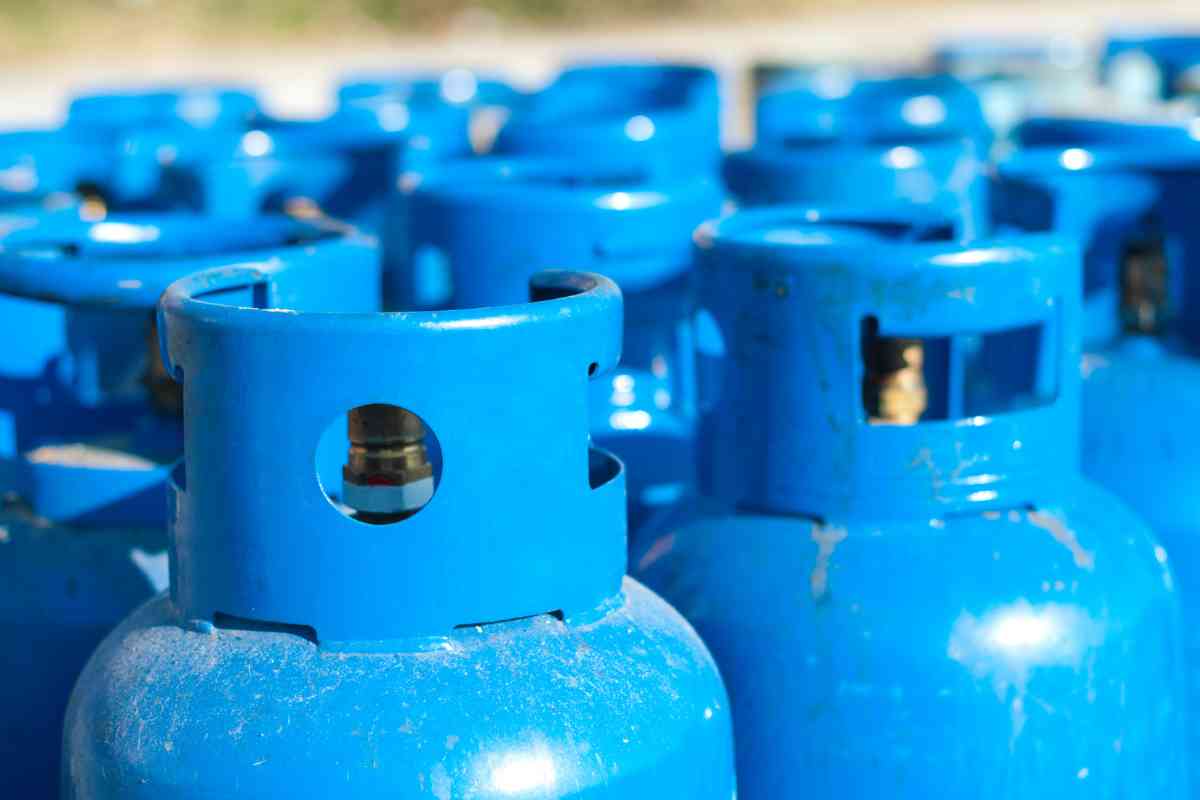
Key Takeaways
- Propane tanks don’t get real ‘vapor lock’ but they can have issues starting due to firing things up in the wrong order, or getting too hot.
- Stuck vales are another potential issue. Curing a stuck valve involves turning the tank on its side, putting it back upright, then turning it on slowly.
- A tank that is full, but not providing much heat can often be solved by turning off the tank and the burner or grill, then reconnecting, turning the propane tank back on, then turning the grill on last.
- If you suspect the propane tank isn’t flowing gas because it is too hot, then get the propane tank to a cooler place until it is ready to go.

